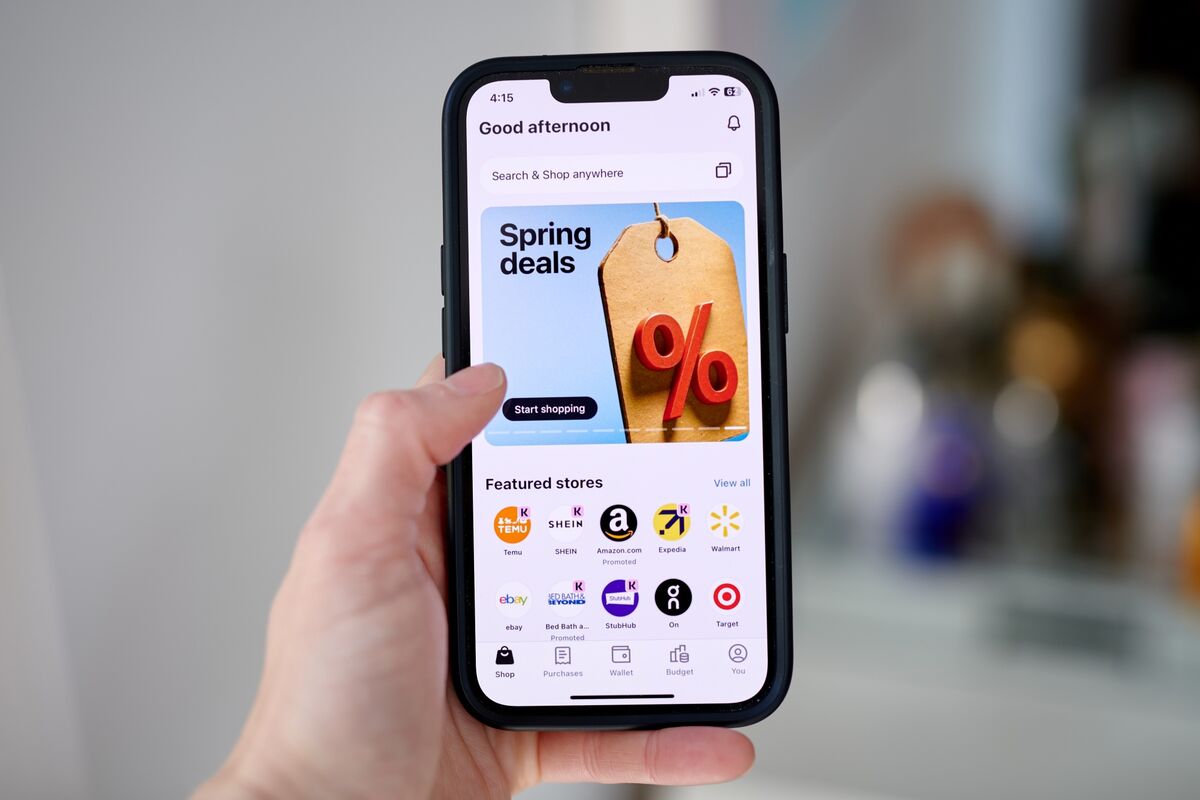
This article is more than
2 year old
When so-called BNPL — buy now, pay later — apps took off at the start of this decade, their appeal was easy to understand, since buying stuff is always easier if you don’t have to put up all the money right away. Their target audience was also pretty clear — Gen Zers and Millennials who enjoyed making impulse purchases but who disliked credit cards. These days, retirees and others on fixed incomes have become some of the fastest growing users of the apps, and high interest rates have killed off some entrants into the field. What hasn’t changed? A lot of uncertainty over how BNPL companies can make money in the long run, and whether they’re actually providing a cheaper alternative to credit cards or just a new way to lure borrowers into unwise levels of debt.
Typically by letting consumers pay for purchases in three or four installments. Most BNPL services spread them out over the course of a few weeks, often without interest, although many charge fees for late payments. Spending on BNPL purchases jumped from $33 billion in 2019 to $300 billion by 2023, according to GlobalData, a research provider. That number is expected to reach almost $700 billion globally by 2028, according to Juniper Research.